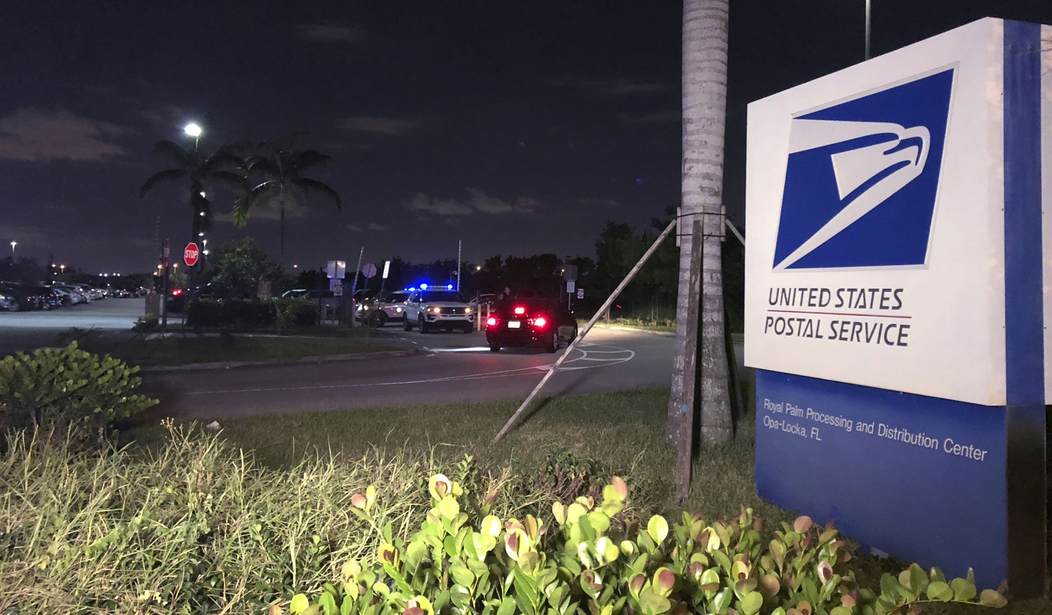If some pundits and policymakers are to be believed, there was a “Friday Night Massacre” at the U.S. Postal Service (USPS) on August 7th. Allegedly, the beleaguered agency is in the midst of a hostile takeover. But, like many juicy, headline-grabbing conspiracy theories, the truth is far more boring and understandable. Despite claims that new Postmaster General (PMG) Louis DeJoy is sacking civil servants to consolidate power and steal the election for President Trump, the USPS’ executive’s personnel changes are remarkably tame. With $160 billion in unfunded liabilities and deep-seated managerial problems, America’s mail carrier needs more than mild organizational reshuffling. PMG DeJoy must ignore his critics and pursue larger changes to get the agency back on track.
A little past seven on Friday evening, Washington Post reporter Jacob Bogage reported that, “twenty-three postal executives were reassigned or displaced.” Despite the vast majority of veteran executives retaining top roles, lawmakers and talking heads wasted little time in calling the changes a “Friday Night Massacre.” This scary-sounding label is meant to conjure images of the infamous “Saturday Night Massacre,” during which then-President Richard Nixon inappropriately flexed his presidential powers to sack Special Prosecutor Archibald Cox (who was investigating Watergate). DeJoy’s critics are alleging that, similar to Nixon, the new PMG is recklessly canning subordinates in order to advance a political agenda.
To ascertain the truth of these claims, critics need only compare the current USPS organizational chart to the one previously on their website. Freshly minted top executives, such as Scott Bombaugh (acting chief technology officer), Steve Monteith (acting chief customer and marketing officer), and Pritha Mehra (acting chief information officer), were promoted from different roles on the corporate hierarchy. Other officials such as Jakki Strako lateralled sideways (e.g. switching from “chief customer & marketing officer” to “chief commerce & business solutions officer”). True, some executives such as Kevin McAdams (VP of delivery and retail operations until now) appear to have been eliminated from the chart altogether. But, McAdams’ replacement (Joshua Colin) has more than three decades of experience working at the USPS. If DeJoy really wanted to pull off an epic election heist, surely he’d bring in his own “goons” rather than relying on longtime, highly-esteemed USPS civil servants.
Recommended
DeJoy’s conspiratorial critics should consider a more mundane possibility: new PMGs tend to reshuffle leadership. For example, DeJoy’s predecessor Megan Brennan made a number of important changes when she took the helm of the USPS in February 2015. Just two months into Brennan’s tenure, Jim Cochrane switched from being chief information officer (CIO) to chief marketing & sales officer. Longtime USPS employee Randy Miskanic in turn took Cochrane’s place at CIO. Meanwhile, chief marketing and sales officer Nagisa Manabe resigned but was likely forced out due to numerous controversies.
If all of this organizational drudgery appears dull, that’s the point. New agency leadership shaking things up and switching up roles is nothing new and should be expected. Previous PMGs such as Marvin Runyon and John Potter oversaw shakeups far more consequential than anything DeJoy has schemed up. In criticizing these organizational changes, critics ignore the basic problem that has prompted role changes at the ailing agency. The USPS has more than $160 billion in unfunded liabilities, and only has enough liquidity to continue operations through August 2021. Absent significant reforms, America’s mail carrier will require a costly taxpayer bailout. And in the midst of the worst public health crisis in 100 years, the last thing that taxpayers need right now is another expense from Uncle Sam.
The USPS needn’t turn obscene profits to avoid this dire outcome. It just needs to earn sufficient revenue to cover costs and avoid subsidizing unsound business lines. Hopefully, DeJoy’s reorganized management structure is sufficient to make this happen. However, the new PMG may well find that needed reforms will require executives with significant private sector experience. Lawmakers should acknowledge this possibility and give DeJoy the operating space he needs to do his job. The executive is no Richard Nixon and should not be treated as such.
Ross Marchand is the Vice President of Policy for the Taxpayers Protection Alliance.



















Join the conversation as a VIP Member